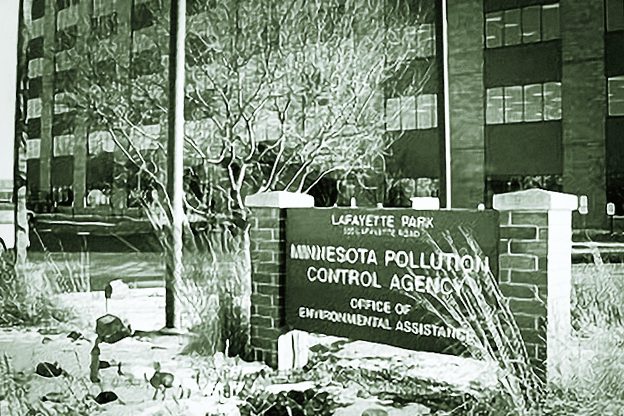

Sulfate-impaired water everywhere
An article in the Star Tribune on November 9th contained this:
For the first time, the state added rivers and lakes that were impaired by two pollutants that are quickly becoming more of a health and environmental concern: sulfate and chemicals known as PFAS.
Sulfate pollution is high enough in 35 bodies of water, primarily in northeast Minnesota, to prevent wild rice from growing, according to the updated list.
That pollution likely is coming from mines and wastewater treatment plants, said Catherine Neuschler, who manages water assessment for the MPCA.
Gee Catherine, ya think?
Sulfate pollution wasn’t a pressing concern until the MPCA got a substantial push this spring to enforce what is known as the Wild Rice Rule. That’s what the “quickly becoming” is all about.
Minnesota’s executive and legislative branches worked hard to ignore and then repeal the Wild Rice Rule for a decade, which you can read about at the link. In 2015, the legislature passed a law prohibiting the enforcement of the Wild Rice Rule; in 2016 it prohibited the enforcement of Wild Rice Rule requirements in a permit that was already issued to Keetac, a U.S. Steel taconite mine.
There are many DFL fingerprints on these two bills, including some that are keen disappointments to me and probably are to you, too.
The MPCA also tried to shank the Wild Rice Rule administratively in the Office of Administrative Hearings, but that effort was rejected, too. It didn’t have the science to prove that the rule was unnecessary because, well, it is necessary. In environmental law, removing an existing pollution rule or standard without proof that it is justified is called “backsliding.”
These acts of malign neglect were the background of the federal EPA’s decision announcing its intention to add sulfate-impaired waters to the 2020 Minnesota Impaired Waters List (the “303(d) list”); the initial list was prepared by the MPCA, and it didn’t include any sulfate-impaired water, of which we have plenty. I’m not aware of a final decision from the EPA on this, but EPA’s stated intention is obviously what got the MPCA moving.
The article continues:
The agency is coming up with plans to reduce sulfate contamination in those lakes and streams, which could include new monitoring requirements from companies or cities that may be contributing to the problem, she said.
Self monitoring and reporting are clearly the way to go here. Just ask Minntac.
There are a couple of things that make a belief that the MPCA is now serious about sulfate pollution hard to swallow. One is the cancellation of a Total Maximum Daily Load study by the MPCA for the St. Louis River watershed in 2013. It is called the mercury study, but it would have catalogued several pollutants to the watershed, and fingered where they came from. The study might have said that the St. Louis could ill afford another mine, especially a copper mine, but we’ll never know, will we?
As we know, the MPCA went on to issue a Clean Water Act water discharge permit to PolyMet that lacks any WQBELs, numeric limits for likely pollutants, like heavy metals or sulfate ions; that permit is stayed in litigation. If you suspect there might be a connection between these two events, you wouldn’t be alone.
The second thing that should make you dubious about the MPCA’s seriousness is the adoption of new rules to loosen up its own monitoring régime; the MPCA adopted new rules to begin monitoring point-source pollution emitters, not at the point of discharge, but some distance away, maybe many miles, and to remove WQBELs from the rules.
It seems odd that you would monitor point-source pollution (that is what the Clean Water Act regulates) somewhere other than the point of discharge. But maybe it’s just me.
These changes will permit the MPCA to find even less pollution. Swell.
We’ll see how much of a change of heart these additions to the impaired waters list really mean, if anything.
Thanks for your feedback. If we like what you have to say, it may appear in a future post of reader reactions.

